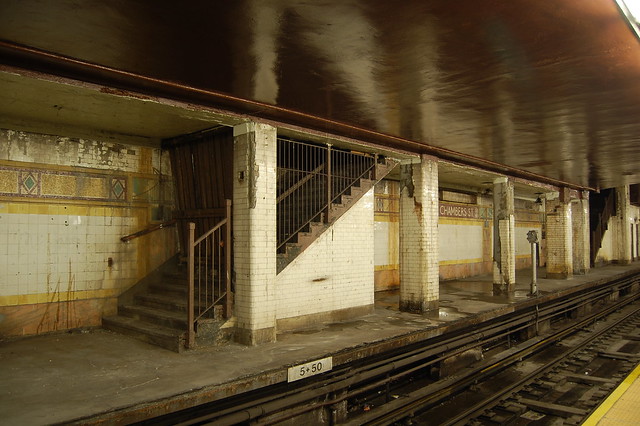
A November report showed how popular the M15 Select Bus Service had become.
City Council Member Jessica Lappin and her East Side constituents like what they see out of the Select Bus Service along First and Second Ave., but they all wish the MTA and NYPD weren’t so heavy handed with fine enforcement. In her second annual report card for the city’s latest efforts at speeding up buses, Lappin gave the service a solid B, up for a B- last year, but she urged the MTA to better fix its fare payment machines and ease up on enforcement in the meantime.
“More East Siders are onboard with Select Bus Service, and want to see it expanded to other locations,” Lappin said. “But the MTA still needs to do a better job with fixing broken ticket machines and other inconveniences.”
Lappin’s report card breaks down the service into four categories based on responses from her constituents. Overall, 98.3 percent of the 1155 respondents who took the survey said they have used the Select Bus Service. This number may be skewed a bit as a transportation survey will attract those who use transportation, but these are the folks who are most attuned to the good and bad of it all.
By and large, Upper East Siders seemed content with the speed of service. Most wait times are between five and ten minutes, and nearly 70 percent of respondents said speeds were good or excellent. Lappin rated speed an A, and while fare payment was problematic, according to MTA studies, the time saved by eliminating the painfully slow MetroCard dip is the driving factor there.
The biggest issue arose with ease of use of those fare payment machines though. While 55 percent of respondents rated the pre-board machines as good or excellent, nearly 45 thought them to be fair or poor. The Council Member offered up her take: “Council Member Lappin’s office frequently receives complaints about broken Select Bus Service ticket machines. When the machines are broken or out of paper, it is impossible to buy a ticket. Without a ticket, riders risk being issued a $100 summons. Constituents have also complained that ticket machines are dangerously close to the street.”
Hand in hand with this concern are complaints over enforcement. Twenty respondents were ticketed when SBS payment machines failed to produce receipts, and riders complained that buses were stopped during fare inspections, thus defeating the purpose of a faster commute. One East Sider’s tale highlights these concerns. “Last September I received a $100 summons even though the SBS ticket machine wasn’t working,” an Upper East Side resident who declined to be named said. “When I called the MTA & Transit Adjudication Bureau to explain what happened, they made it impossible to get answers. It wasn’t just the ticket machine that was broken—the entire SBS fare collection system is broken and it needs to be fixed.”
DNA Info offered up more tales of fare-payment woes and the subsequent summonses that so plague the new system. We’ve heard these complaints for years, but the stakeholders in the Select Bus Service system have yet to respond to them. Machines are repaired often enough, and enforcement is often overzealous. It’s what works though to keep the buses moving.
So Lappin gives the buses a better grade in 2012 than she did in 2011. It’s an incremental step up, but as Select Bus Service becomes more pervasive, and the MTA and NYC DOT more adept at respond to complaints, those marks should only rise. If they don’t, something has gone wrong.


 On Friday, Jeremy Soffin served his final day as Director of Media Relations for the MTA, and today, MTA Chairman Joe Lhota named Adam Lisberg as the new Director of External Communications. Lisberg, currently the editor of
On Friday, Jeremy Soffin served his final day as Director of Media Relations for the MTA, and today, MTA Chairman Joe Lhota named Adam Lisberg as the new Director of External Communications. Lisberg, currently the editor of 